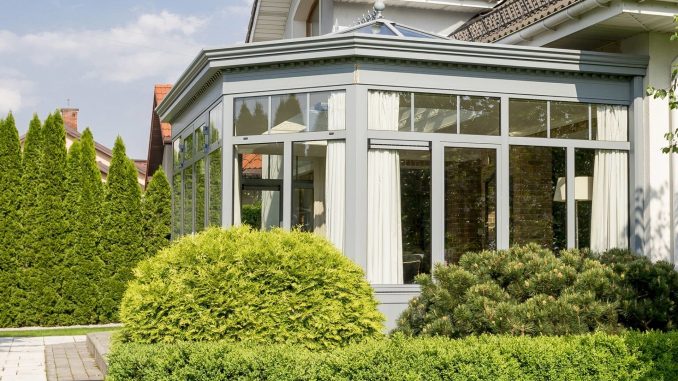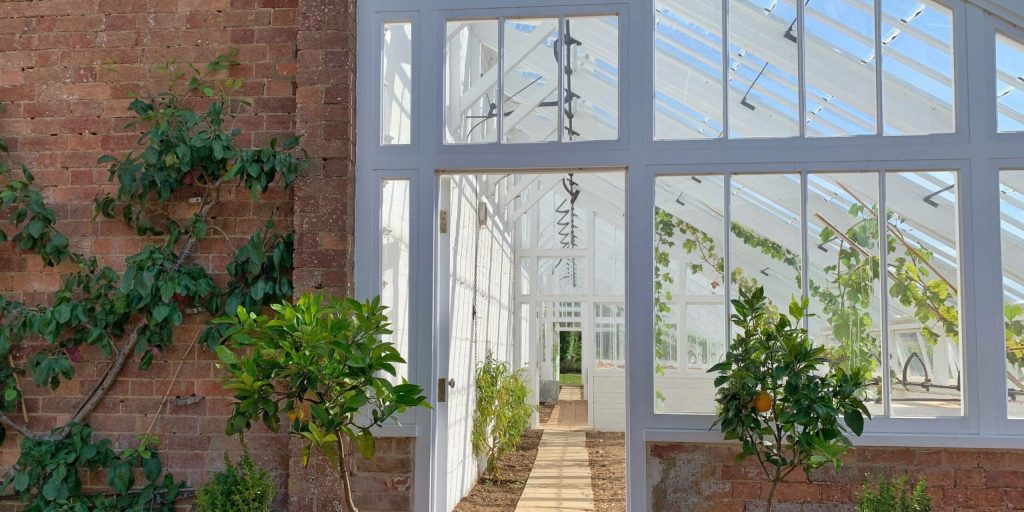
Are you looking to create more space in your home without the hassle of a full-blown extension? Look no further than an orangery extension. An orangery is a versatile and elegant addition to any home, offering a seamless indoor and outdoor living blend. With its large windows and abundant natural light, an orangery creates a bright and airy space that can be used for various purposes, from a cosy lounge area to a spacious dining room or even a home office.
An orangery expands your living space and adds value to your home. Its distinctive design and timeless elegance make it a standout feature that potential buyers will love. Plus, an orangery is more cost-effective than a traditional extension, providing the extra space you need without breaking the bank.
If you’re craving more room in your home but don’t want to compromise on style or exceed your budget, consider adding a beautiful orangery extension. It’s the perfect way to bring the outdoors in and create a versatile space you’ll love spending time in.
What is an Orangery Extension?
An orangery extension is a unique and stylish way to expand your living space. Originating in the 17th century, orangery extensions protected citrus trees during the colder months. Today, they have evolved into beautiful extensions that seamlessly blend with your home’s existing architecture.
Unlike a traditional extension, an orangery extension features large windows on all sides, allowing natural light to flood the space. This creates a bright and inviting atmosphere that can be enjoyed throughout the year. The roof of an orangery extension is typically made of glass or a combination of glass and solid materials, providing a perfect balance between natural light and insulation.
One key feature of an orangery extension is the inclusion of brick or stone pillars, which give it a sense of grandeur and elegance. These pillars not only add structural support but also enhance the overall aesthetic appeal of the extension. With its unique design and architectural features, an orangery extension adds a touch of luxury to any home.

Orangery Extension vs. Conservatory: Which is Right for You?
When considering an extension for your home, you may encounter the dilemma of choosing between an orangery extension and a conservatory. While both options offer additional living space and a connection to the outdoors, there are some key differences to consider.
A conservatory is typically a fully glazed structure with a glass roof. It is designed to maximise sunlight and provide a space that feels like you’re outdoors while still being indoors. Conservatories are usually used as a space for relaxation or as a garden room.
On the other hand, an orangery extension combines the best of both worlds – it has the light and airy feel of a conservatory with the solid structure of a traditional extension. The inclusion of brick or stone pillars in an orangery gives it a more substantial and permanent feel, making it a seamless extension of your home.
Choosing between an orangery extension and a conservatory ultimately depends on your preferences and the space’s intended use. If you want a space that can be used all year round and has a more solid and substantial feel, an orangery extension is the way to go. However, if you prefer a fully glazed structure that maximises natural light and provides a connection to the outdoors, a conservatory may be the better choice.
Factors to Consider when Designing an Orangery Extension
Designing an orangery extension requires careful consideration of various factors to ensure it complements your home and meets your needs. Here are some key factors to keep in mind:
- Architectural Style: Consider the architectural style of your home and choose an orangery design that complements it. Whether you have a modern or traditional home, orangery designs are available to suit every style.
- Size and Proportion: Based on the available space and your requirements, determine the size of the orangery extension. Consider the extension’s proportion to the existing structure to ensure a harmonious and balanced look.
- Planning Permission: Check with your local authorities to see if planning permission is required for your orangery extension. Certain restrictions may apply, so it’s important to be aware of any regulations before proceeding with the project.
- Orientation: Consider the orientation of the orangery extension to maximize natural light and views. South-facing extensions will receive more sunlight throughout the day, while north-facing extensions may require additional heating during colder months.
- Functionality: Consider how you intend to use the orangery extension and design the space accordingly. Whether it’s a dining area, lounge, or home office, ensure that the layout and furnishings cater to your needs.
By carefully considering these factors, you can ensure that your orangery extension is visually appealing but also functional and practical.
Creating a Functional and Stylish Interior for Your Orangery Extension
Once the design and construction of your orangery extension are complete, it’s time to focus on creating a functional and stylish interior that complements the space’s overall aesthetic. Here are some tips to help you make the most of your orangery extension:
- Furniture Selection: Choose comfortable and durable furniture, as the orangery extension will likely be a high-traffic area. Opt for materials that can withstand sunlight and temperature changes, such as rattan or wicker furniture. Consider adding soft furnishings like cushions and throws to create a cozy and inviting atmosphere.
- Lighting: Make the most of the abundant natural light by incorporating additional lighting fixtures that can be used during the evening or on cloudy days. Pendant, floor, and table lamps can add warmth and create a pleasant ambiance.
- Greenery: Bring the outdoors in by adding plants and greenery to your orangery extension. Consider incorporating potted plants, hanging baskets, or even a small indoor garden. Not only will this enhance the connection to nature but it will also help improve air quality.
- Flooring: Choose flooring materials that are both practical and visually appealing. Natural stone, engineered wood, or ceramic tiles can work well in an orangery extension. Consider underfloor heating for added comfort, especially during colder months.
- Window Treatments: Depending on the level of privacy and light control you require, consider adding window treatments such as blinds, curtains, or shutters. These provide practical benefits and add style and sophistication to the space.
By paying attention to these interior design aspects, you can create a functional and stylish interior that truly maximises the potential of your orangery extension.
In conclusion, an orangery extension offers a versatile and elegant solution for expanding your living space. An orangery extension adds value and style to your home with its distinctive design, abundant natural light, and seamless indoor and outdoor living blend. Whether you choose an orangery extension over a conservatory or carefully consider the design and interior of your orangery, you can create a beautiful and functional space that you’ll enjoy for years to come. So, consider adding an orangery extension to your home and transforming it into a bright, airy haven.


Leave a Reply